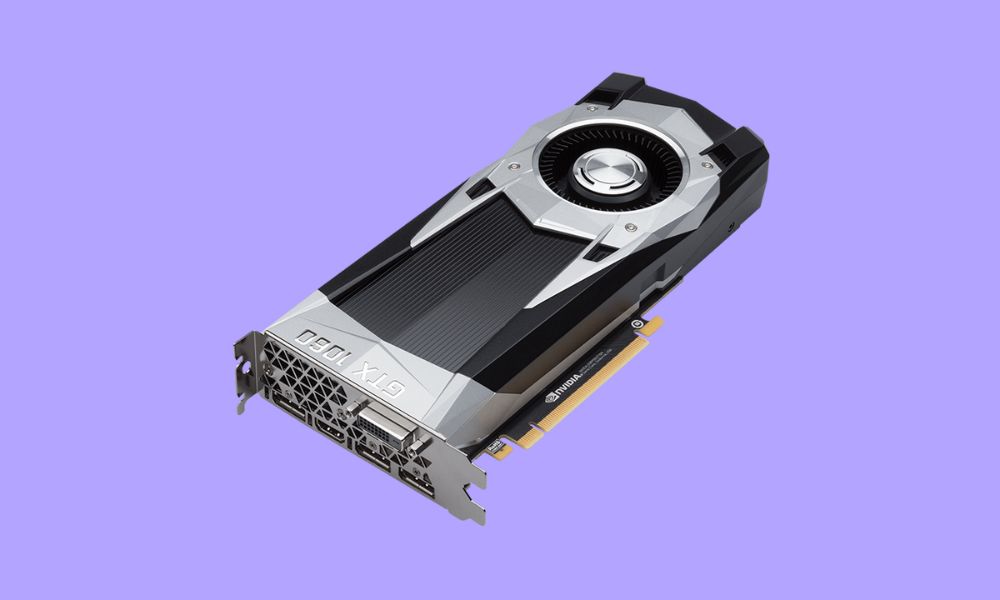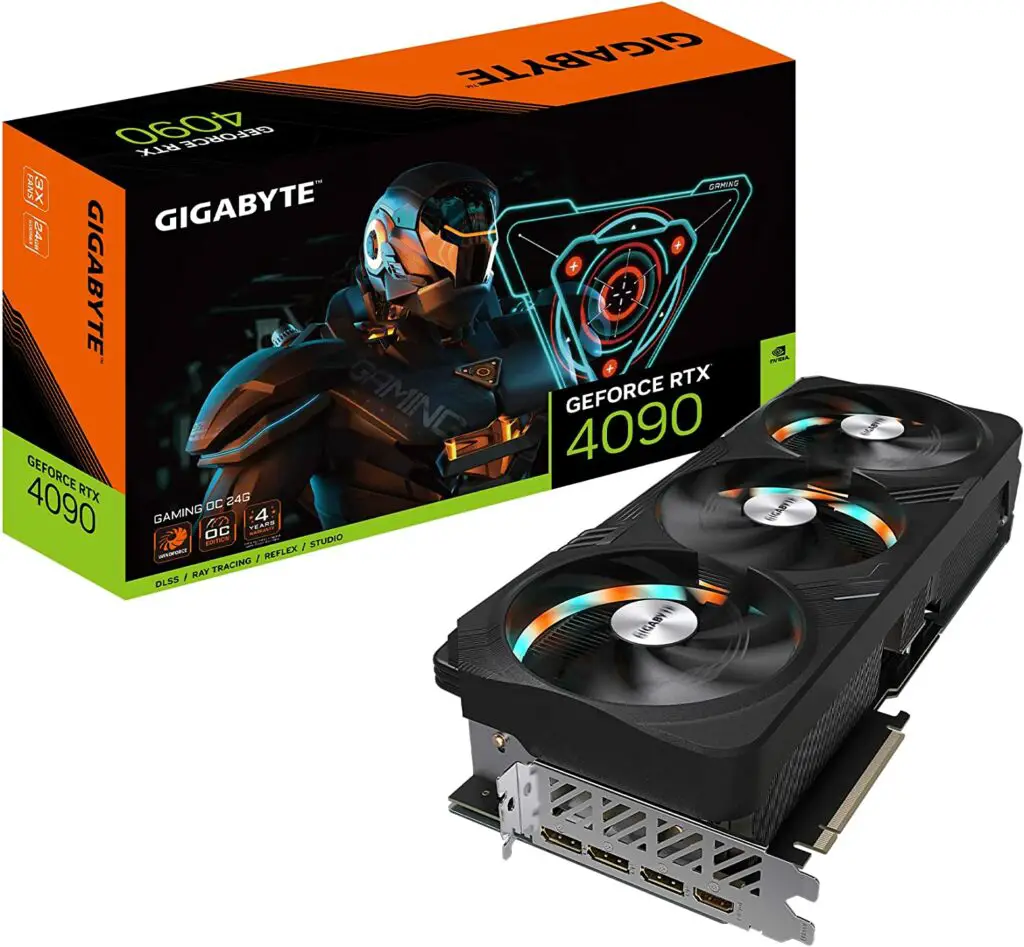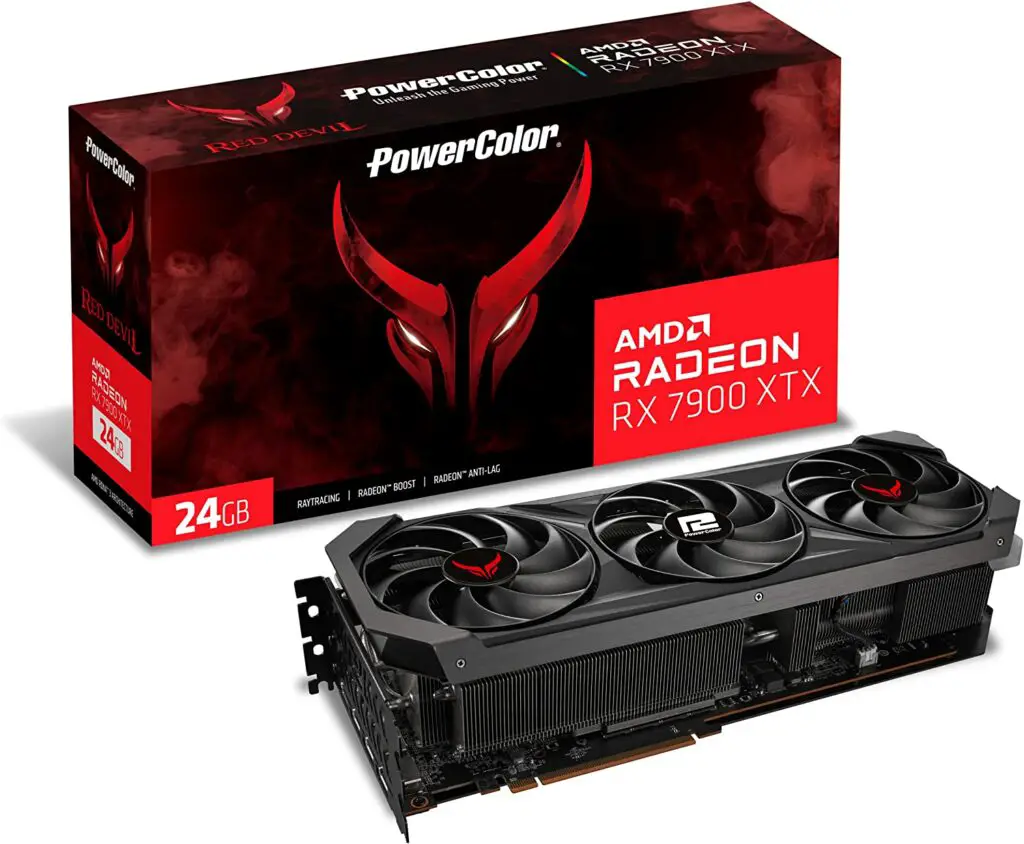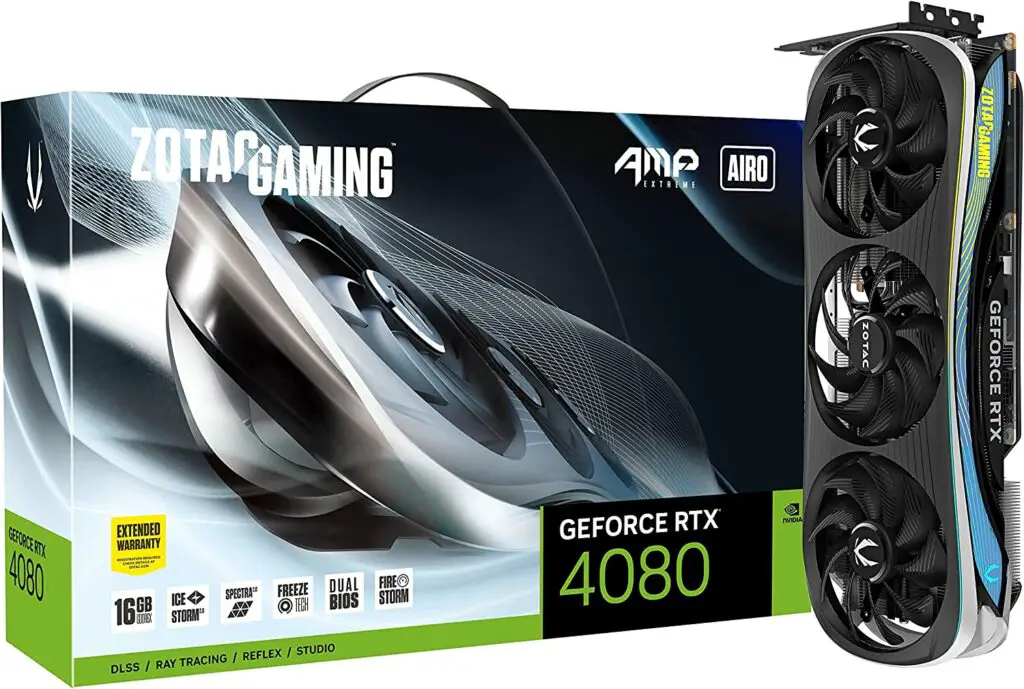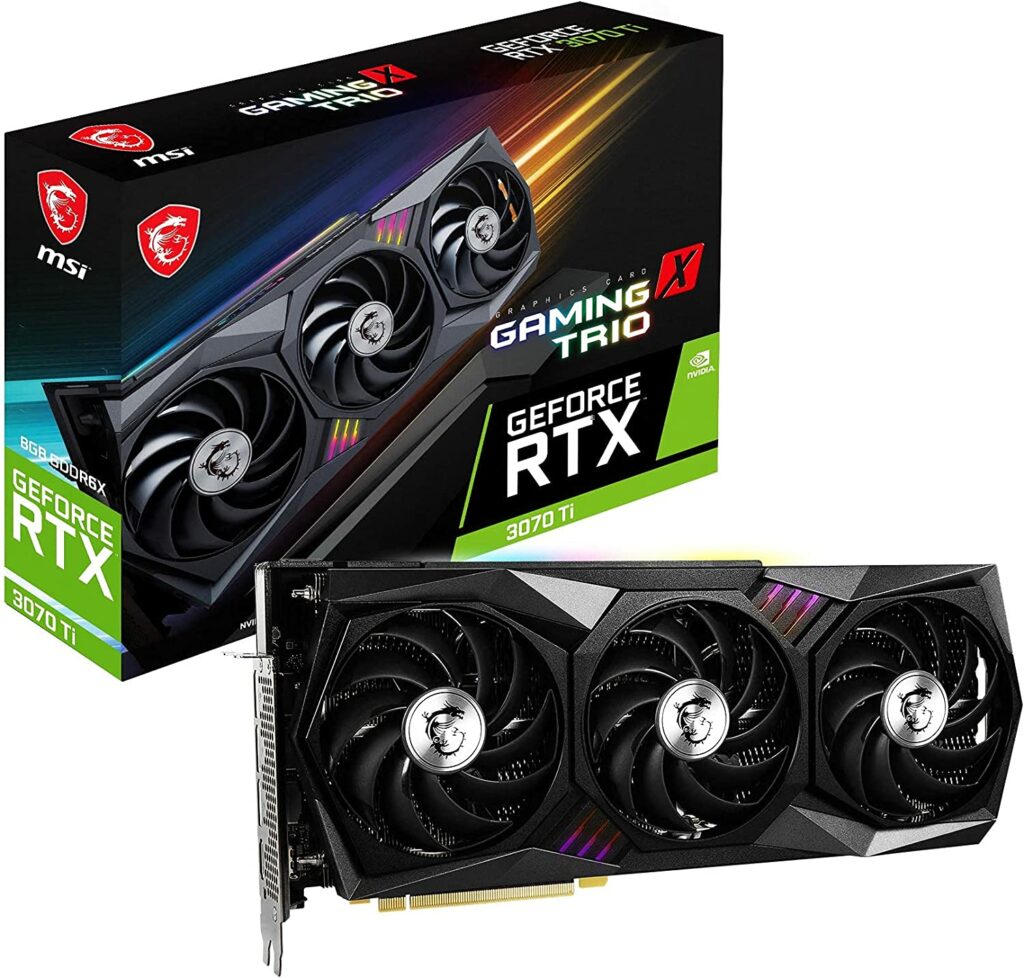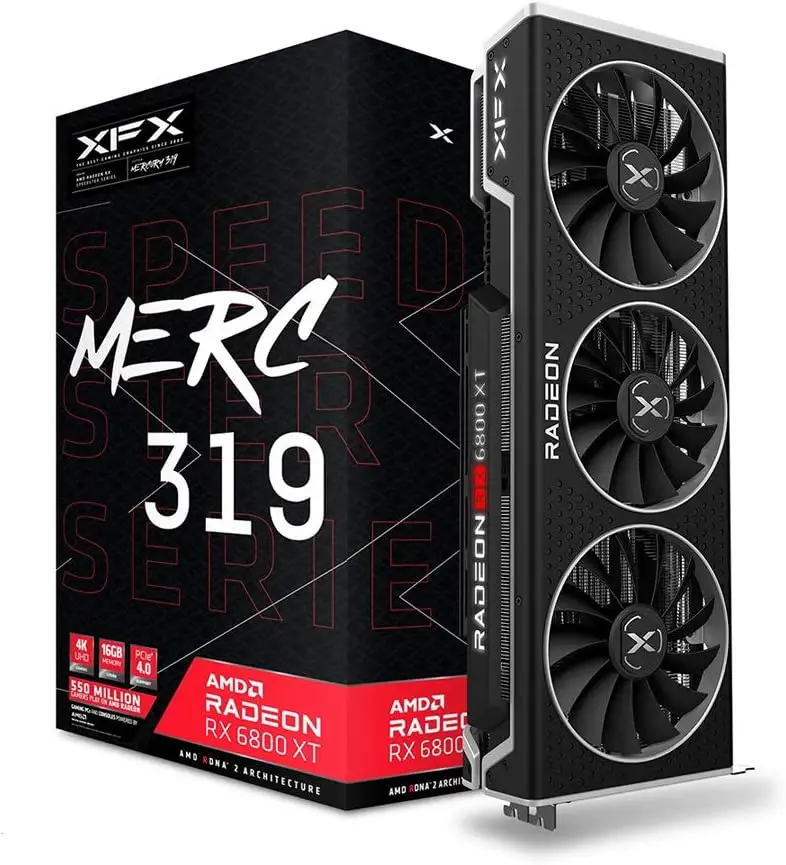What graphics card should a graphic designer use? The best graphics card for a graphic designer depends on their specific needs and budget.
You need good graphics card for graphic design. Below is the list of some of the latest and best graphics card for graphic design, based on their performance, features, and user reviews.
Graphic design is a field that demands a high level of creativity and technical skill. Whether you’re designing logos, websites, or marketing materials, having the right graphics card is essential to ensure that your designs look stunning and professional.
However, there are certain features that you should look out for when selecting a graphics card for graphic design.
These include high-resolution display support, ample video memory, and dedicated graphics processing power. In this article, we’ll take a look at the best graphics cards for graphic design.
The question is which is better for graphic design GTX or RTX or AMD?
If you are mainly doing graphic design work that involves 2D graphics, such as logos, posters, flyers, etc., then you may not need ray tracing or AI features. In that case, a GTX card may be sufficient for your needs, as long as it has enough memory and speed to handle your software and projects.
However, if you are doing graphic design work that involves 3D graphics, such as animations, models, scenes, etc., then you may benefit from ray tracing and AI features. In that case, an RTX card may be a better choice for you, as it can provide more realistic lighting and shadows, as well as faster rendering and performance.
With the right graphics card, you can render high-quality images and videos, work with multiple applications simultaneously, and handle complex 3D models and animations with ease.
Our Recommended list of the best graphics card for graphic design
- Gigabyte GeForce RTX 4090 Gaming OC 24G
- PowerColor Red Devil AMD Radeon RX 7900 XTX
- ZOTAC Gaming GeForce RTX 4080 16GB
- Sapphire Nitro+ AMD Radeon RX 6950 XT
- MSI Gaming GeForce RTX 3070 Ti 8GB
- XFX Speedster Radeon RX 6800XT 16GB
System and Minimum Graphics Card Requirements for Graphics Designing
Graphics designing is a demanding task that requires a powerful computer system. Here are some of the key system requirements for graphics designing:
- Processor: A powerful processor is essential for graphics designing work. An Intel Core i7 or i9 or an AMD Ryzen 7 or 9 processor is recommended for optimal performance.
- RAM: The system should have at least 16GB of RAM, but 32GB or higher is recommended for large files and complex projects.
- Storage: A solid-state drive (SSD) with a capacity of 500GB or higher is recommended for faster read and write speeds, which can significantly improve performance.
- Operating System: Windows 10 or macOS is recommended for graphics designing work. Linux is also an option, but software compatibility may be limited.
- Graphics Card: A graphics card with at least 8GB of VRAM and dedicated GPUs is recommended for graphics designing work. NVIDIA RTX or AMD Radeon RX series cards are ideal for this purpose.
- Display: A high-quality display with accurate color representation and a resolution of at least 1920 x 1080 pixels is recommended for graphics designing work.
- Input Devices: A graphics tablet and stylus are recommended for precise control and accuracy. A high-quality keyboard and mouse are also important for efficient workflow.
- Software: A variety of software programs are used for graphics designing work, such as Adobe Photoshop, Illustrator, and InDesign. Make sure your computer system meets the minimum system requirements for the software you will be using.
1. Gigabyte GeForce RTX 4090 Gaming OC 24G Graphics Card
The Gigabyte GeForce RTX 4090 Gaming OC is the overall best graphics card for graphic design. It harnesses the power of NVIDIA’s cutting-edge Ampere architecture and features an enormous 24GB of GDDR6X memory, which furnishes an abundance of resources to effectively manage complex modeling and rendering tasks with utmost efficiency.
This graphics card also supports real-time ray tracing and AI-powered features like DLSS, which can improve the overall rendering and performance of graphics designing applications. It also features a high clock speed and a triple-fan cooling system, which can help keep the card cool under heavy loads.
The RTX 4090 Gaming OC 24G is powered by the NVIDIA Ampere architecture and features 10,496 CUDA cores, 328 Tensor Cores, and 82 RT Cores. These specs enable the graphics card to deliver exceptional performance for gaming, rendering, and other compute-intensive tasks.
The Gigabyte RTX 4090 Gaming OC 24G features a triple-fan cooling system with unique blade designs that maximize airflow and reduce noise levels. This cooling system ensures that the graphics card runs at optimal temperatures even during intense gaming sessions, and complex graphics designing tasks.
If you’re a professional graphics designer who needs the highest levels of performance for complex modeling, real-time rendering, and AI-powered features, the Gigabyte GeForce RTX 4090 Gaming OC 24G could be an excellent choice. However, if you’re on a tighter budget or don’t need the absolute highest levels of performance, there may be other options that are more cost-effective.
2. PowerColor Red Devil AMD Radeon RX 7900 XTX Graphics Card
Our 2nd choice is PowerColor’s Red Devil RX 7900 XTX that is Best AMD Graphics Card for Graphic Design. Based on AMD’s latest RDNA™ 3 architecture, the Red Devil is equipped with an efficient yet silent cooling system that guarantees uncompromising performance and gaming immersion. Taking its cue from the fearsome weapon of the underworld, the Devil’s Eye, this generation’s Red Devil is designed to strike terror in the hearts of its competitors.
For those in the realm of professional graphic design working on high-end projects, the RX 7900 XTX presents itself as a stellar option. While it may carry a hefty price tag, its performance is unparalleled, matching the highest of industry standards.
However, it’s important to note that the RX 7900 XTX may not be for everyone. If you’re an individual handling immense projects that require substantial computing power, this option may be the ideal fit for you.
One noteworthy feature of the graphics card is its power efficiency, which can be attributed to the Ampere architecture. The card has the great TDP rating, making it relatively power efficient. It is also noteworthy that it utilizes power connector. Additionally, it utilizes a PCI-Express 4.0 x16 interface to connect to the motherboard.
The graphics card boasts 4864 CUDA cores, with a base clock speed of 2330 MHz MHz that can be boosted up to 2525 MHz MHz. It also possesses a substantial 24GB GDDR6 VRAM with a 384-bit bandwidth of 6144 /s, which should be more than sufficient for the majority of graphic designers.
The PowerColor Red Devil RX 7900 XTX is a formidable force that is unmatched in its prowess. Its cutting-edge design and unparalleled performance make it the ultimate gaming companion for those seeking to conquer the competition.
3. ZOTAC Gaming GeForce RTX 4080 16GB
Our 3rd choice is The ZOTAC Gaming GeForce RTX 4080 16GB, that is a high-end graphics card designed for gaming and other graphics-intensive applications. It features the latest Ampere architecture from NVIDIA, which offers improved performance and efficiency compared to previous generations.
The 16GB of GDDR6 memory is also a significant advantage for graphics designers, as it allows for larger and more complex models to be loaded and manipulated in real-time. Additionally, the card supports real-time ray tracing and AI-powered features like DLSS, which can improve the overall rendering and performance of graphic designing applications.
However, it’s important to note that the ZOTAC Gaming GeForce RTX 4080 16GB is a relatively expensive graphics card, and may be overkill for some graphics designers who don’t need the highest levels of performance. Additionally, the card requires a significant amount of power and may not be compatible with all systems.
If you’re a professional graphics designer who needs a high-performance graphics card for complex modeling, real-time rendering, and AI-powered features, the GeForce RTX 4080 16GB could be an excellent choice. However, if you’re on a tighter budget or don’t need the highest levels of performance, there may be other options that are more cost-effective.
4. Sapphire Nitro+ AMD Radeon RX 6950 XT Gaming Graphics Card
The Sapphire 11317-04-20G Nitro+ AMD Radeon RX 6950 XT Gaming Graphics Card is a top-of-the-line graphics card that caters to the needs of both gamers and professionals who demand high-performance graphics rendering. With its advanced features and capabilities, this graphics card is an excellent choice for those engaged in graphics designing, photo editing, and other demanding applications.
The Radeon RX 6950 XT is equipped with 16GB of GDDR6 memory, which allows for high-quality graphics rendering, even for complex and demanding applications. The card also supports 4K and 8K display resolutions, which is essential for high-end graphics designing work.
The Nitro+ features an advanced cooling system, which includes a trio of high-performance fans and a large heatsink. This cooling system ensures that the graphics card operates at optimal temperatures, even during intense workloads.
The card also features customizable RGB lighting, which allows users to personalize their setup and create stunning visual effects.
The RX 6950 XT is built on AMD’s RDNA 2 architecture, which provides enhanced performance and power efficiency. This architecture also supports hardware-accelerated ray tracing, which is essential for advanced graphics rendering and designing.
The Nitro+ also includes AMD Radeon Anti-Lag technology, which reduces input lag and improves responsiveness. This technology is particularly useful for graphics designing work, where even small delays in input can impact the overall quality of the work.
The Sapphire 11317-04-20G Nitro+ AMD Radeon RX 6950 XT Pure Gaming Graphics Card is a powerful and feature-rich option for graphics designing work. Its advanced cooling system, customizable RGB lighting, and support for high-quality graphics make it an excellent choice for professionals who demand the best.
5. MSI Gaming GeForce RTX 3070 Ti 8GB
The MSI Gaming GeForce RTX 3070 Ti 8GB is the best budget gpu for graphic design, that can deliver excellent performance for graphic design tasks. With its powerful 8GB GDDR6X memory and 6144 CUDA cores, it can handle complex and demanding design projects with ease.
One of the standout features of this graphics card is its ability to handle real-time ray tracing, which can significantly improve the visual quality of 3D graphics and animations. This feature can be particularly useful for designers working in industries such as gaming or architecture, where accurate lighting and reflections are critical.
In terms of connectivity, the MSI Gaming GeForce RTX 3070 Ti 8GB offers a range of options, including DisplayPort 1.4a, HDMI 2.1, and USB Type-C. This means you can connect multiple displays and peripherals to your system, allowing you to work more efficiently and effectively.
Another benefit of this graphics card is its relatively low power consumption, which means it can be used in a range of different systems without requiring significant upgrades to the power supply. Additionally, the card is equipped with MSI’s Twin Frozr 8 cooling system, which can help to reduce noise and maintain stable temperatures during extended use.
The MSI Gaming GeForce RTX 3070 Ti 8GB is an excellent choice for graphic designers who need a powerful, reliable graphics card that can handle even the most demanding projects. While it may be a bit pricey, the performance and features it offers make it well worth the investment for serious design professionals.
6. XFX Speedster Radeon RX 6800XT 16GB
The XFX Speedster Radeon RX 6800XT 16GB is the cheapest GPU for graphic design. It features the latest RDNA 2 architecture from AMD, which offers improved performance and efficiency compared to previous generations.
With 16GB of GDDR6 memory, this graphics card can handle complex modeling and real-time rendering tasks with ease. It also features ray tracing capabilities, which can improve the overall realism and accuracy of graphic designs.
Additionally, the card supports AMD’s FidelityFX Super Resolution technology, which can upscale lower-resolution graphics to higher resolutions while maintaining high image quality. This feature can be particularly useful for designers working with older or lower-quality assets.
While it is primarily marketed as a gaming graphics card, it is still more than capable of handling the demands of graphics designing tasks. Additionally, it is competitively priced compared to other high-end graphics cards, making it a cost-effective option for professionals who need a high-performance graphics card but don’t want to break the bank.
The XFX Speedster Radeon RX 6800XT 16GB could be an excellent choice for professional graphics designers who require high-performance hardware to handle complex tasks. However, it’s important to note that the card requires a significant amount of power and may not be compatible with all systems.
Best GPU for Graphic Design Buying Guide
If you’re in the market for a graphics card for graphics designing, there are several factors to consider before making a purchase. Here’s a detailed buying guide to help you choose the best graphics card for your needs:
Performance
Graphics designing tasks can be quite demanding, so you’ll want a graphics card with strong performance. Look for a graphics card with a high clock speed, a large amount of memory (at least 8GB or more), and support for real-time ray tracing if your software requires it. Additionally, if you plan to use AI-powered features like DLSS, make sure the card you choose supports those features.
Compatibility
Before buying a graphics card, make sure it’s compatible with your computer system. Check the card’s compatibility with your motherboard, power supply, and case to ensure that it will fit properly and work with your system. Additionally, make sure your system has enough power to support the graphics card you’re considering.
Software compatibility
Some graphics designing software may require specific graphics cards or have compatibility issues with certain cards. Check with your software provider to ensure that the card you’re considering is compatible with your software.
Cooling
High-performance graphics cards can generate a lot of heat, so make sure the card you choose has a good cooling system. Look for cards with large heatsinks, multiple fans, or liquid cooling systems to keep the card cool under heavy loads.
Budget
Graphics cards can vary greatly in price, so it’s important to set a budget before making a purchase. While high-end cards can offer the best performance, they can also be very expensive. Consider your budget and the level of performance you need to determine the best card for your needs.
Brand and warranty
Consider the brand of the graphics card and the warranty they offer. Look for reputable brands with good customer support and a solid warranty to ensure that you’re getting a reliable product.
In summary, when choosing a graphics card for graphics designing, consider factors such as performance, compatibility, software compatibility, cooling, budget, brand, and warranty. By taking these factors into account, you can make an informed purchase that meets your needs and provides the best performance for your graphics designing tasks.
